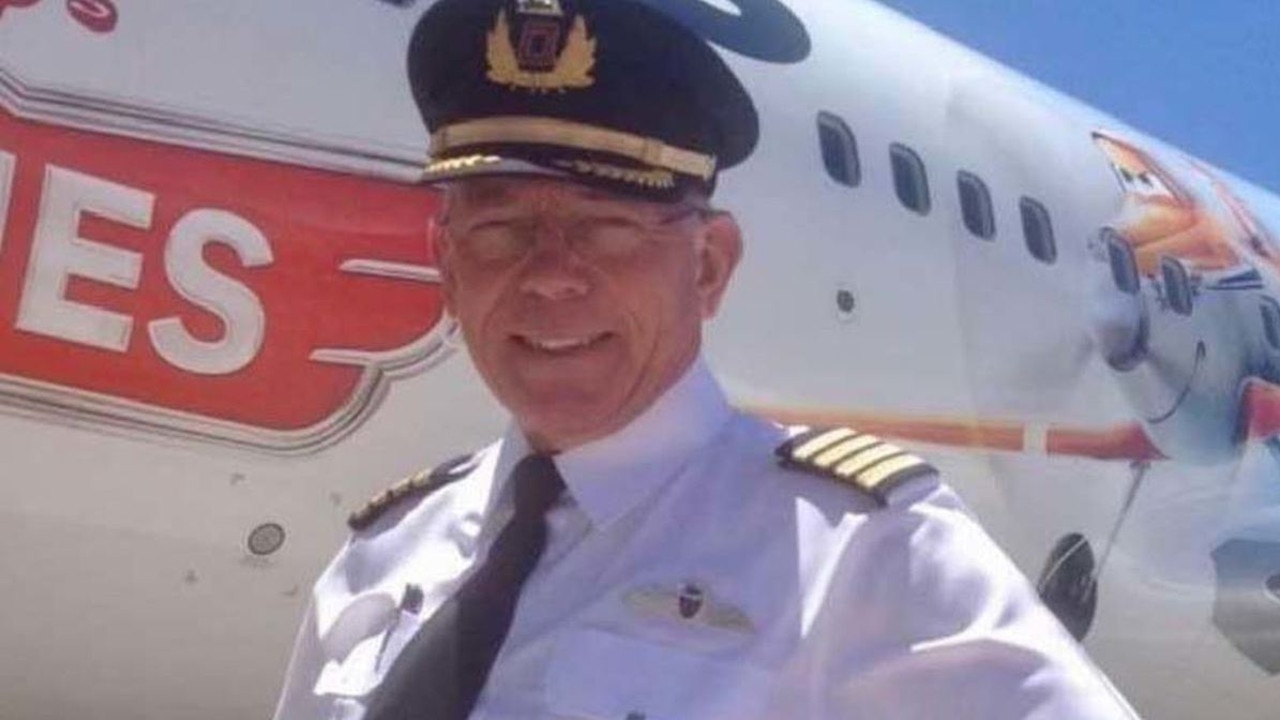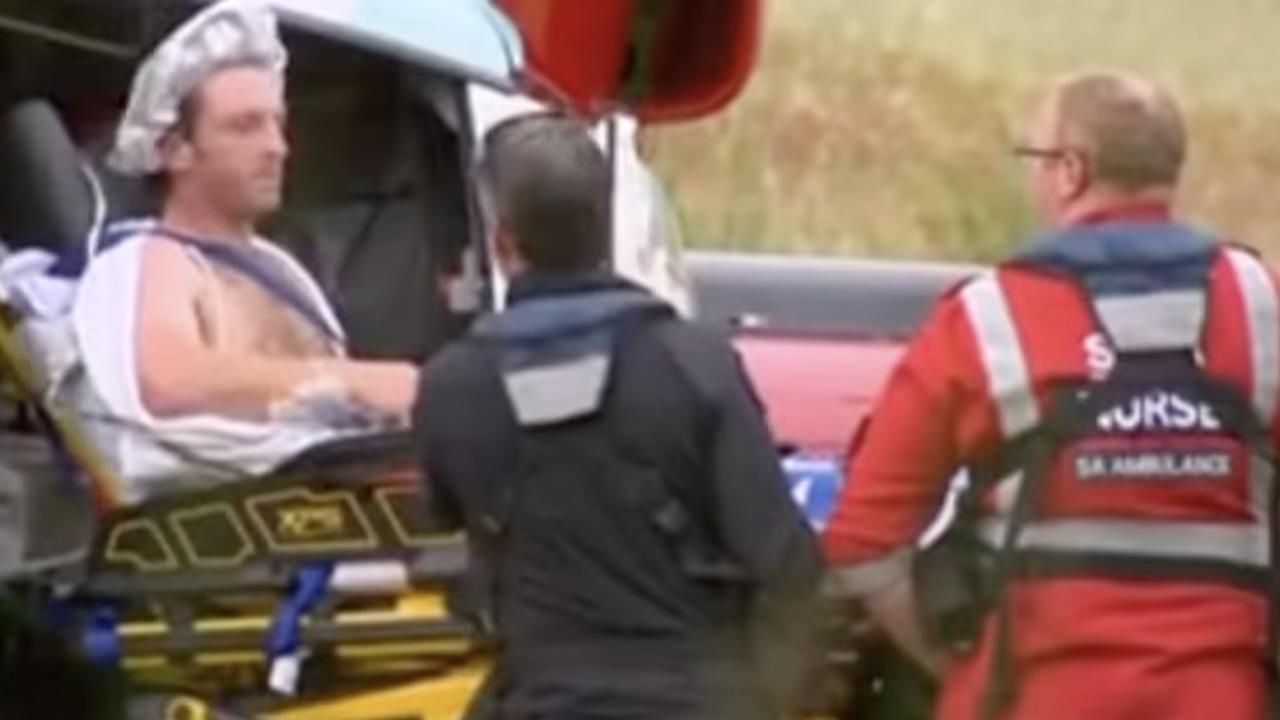Aussie cop’s horrific sight after 298 killed on flight MH17
An Australian policeman has recalled a horrific sight he witnessed after being sent to the MH17 disaster ten years ago. WARNING: Graphic

An Australian police officer has recalled the horrific moment he opened a train carriage full of victims’ bodies after flight MH17 was shot down ten years ago, killing all 298 people on board.
The Malaysia Airlines plane was flying from Amsterdam to Kuala Lumpur on July 17, 2014 when it was brought down near Hrabove in Donetsk Oblast, eastern Ukraine. There were 38 Australians on board.
While the Australian Federal Police were involved in the collection of evidence, which would eventually find a Russian-made missile was responsible, they were also involved in the collection of bodies.
It was a dangerous crime scene that has been described by AFP as “one of the most complex policing missions of our time”.
Rod Anderson, who is now an AFP inspector and Disaster Victim Identification commander, was a station sergeant based in Canberra at the time. He was sent to eastern Ukraine to oversee the recovery and identification of bodies for Australia.


Insp Anderson was there when the train arrived in Kharkiv on July 22, 2014 carrying people’s remains from the crash site.
“Seeing the train loaded with bodies from the crash site was shocking,” he said on the AFP’s new Search Among The Sunflowers podcast.
“I’ve been to many disaster scenes before, but I’ve never encountered that level of despair. The bodies on board the four train carriages were in a pretty bad state.
“The first carriage that we opened was obviously the last carriage that was packed from the scene, and obviously that was quite shocking. It was pretty bad.”
The bodies were then transported to a morgue at Hilversum in the Netherlands.

Insp Anderson compared this set up to that used during the Christchurch earthquake.
“It was on a military base. It had almost like production lines. There were proper procedures put in place. There was practices done and all the internationals that were there were working under the INTERPOL guidelines; so it made it very clear who was responsible for what, what needed to be achieved and how we were going to achieve that.
“So that compared to the train and all the scenes in Ukraine, Hilversum was very organised – very as I’d expect to see, you know, if that sort of thing happened in Australia or New Zealand.”
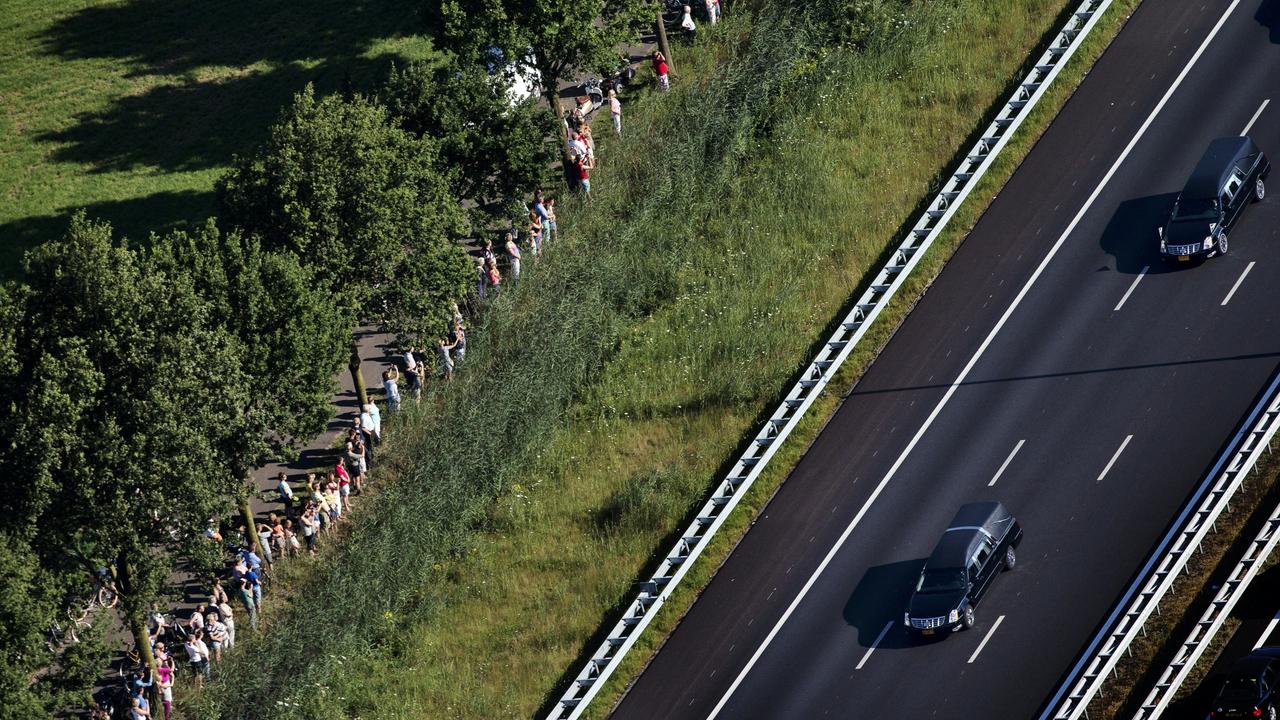
The AFP were responsible for identifying 41 victims; 38 Australian citizens or residents and another three who were living in Australia at the time of the tragedy.
Dr Simon Walsh, who was the AFP’s chief forensic scientist at the time, was in Hilversum when the body bags arrived from Ukraine.
“We would assign a number, a post-mortem number, like a barcode, to every example or instance of recovered human remains,” he explained on episode three of the podcast.
“It might be an intact body or it might not, but the mortuary process will then work through all of those recovered remains.”
They tried to find three primary identifiers, including finger marks from hands or even feet, dental information, or DNA from blood, swabs taken from mouths, soft tissue or skeletal remains.
“DNA is very useful in circumstances like MH17 because the remains, you know, can be badly damaged as a consequence of the incident, and indeed fragmented,” Dr Walsh said.
Secondary identifiers were also recorded like jewellery, tattoos, scars, marks, hair colour or skin colour.
“In circumstances like this matter, that information can be really relevant as well,” he explained.
“Particularly in circumstances where there’s children among the deceased, because often children haven’t had a lot of dental work and won’t likely be on a fingerprint database somewhere.”
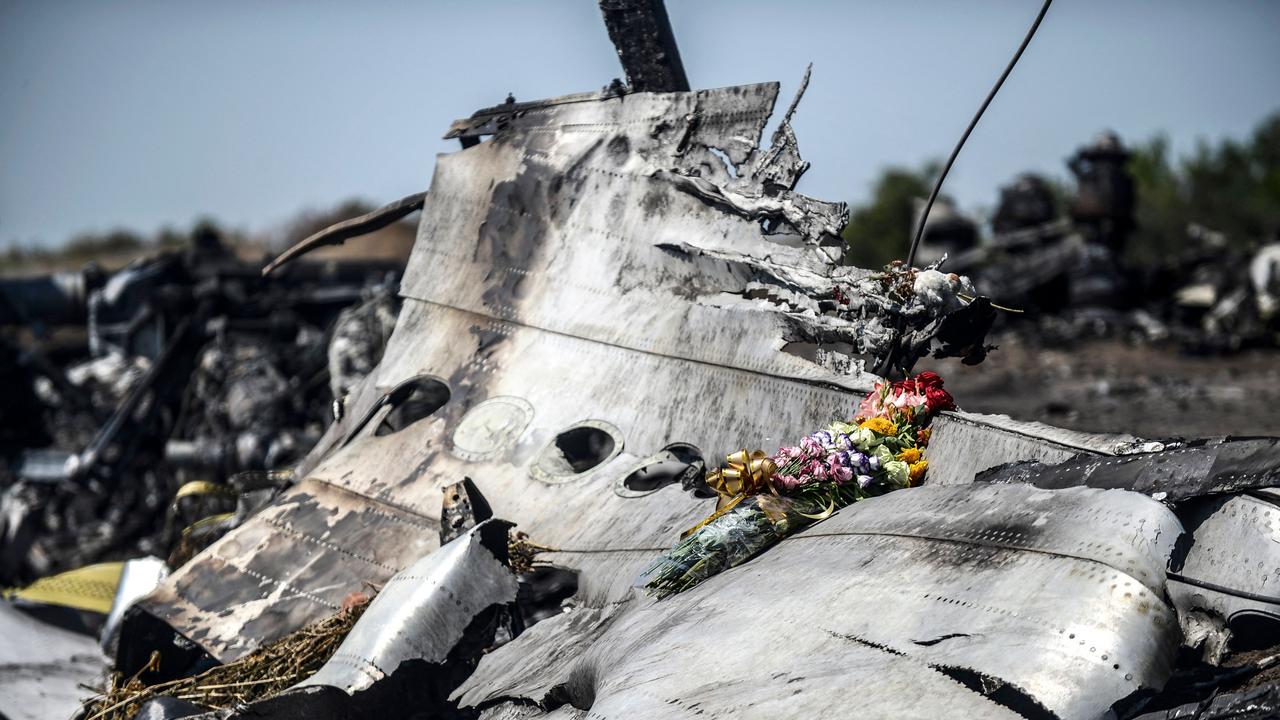
All the Australians on board MH17 were identified. Of the 298 victims, 296 were formally identified. Two victims from the Netherlands never had their remains located.
Grieving families also played an crucial role in the identification process.
Meryn and Jon O’Brien, who lost their son Jack O’Brien, 25, in the crash, remember five people coming to their home in Sydney and taking swabs for DNA.
“It was all about the identification … obviously we’d never done anything like that before,” Ms O’Brien said in episode one.
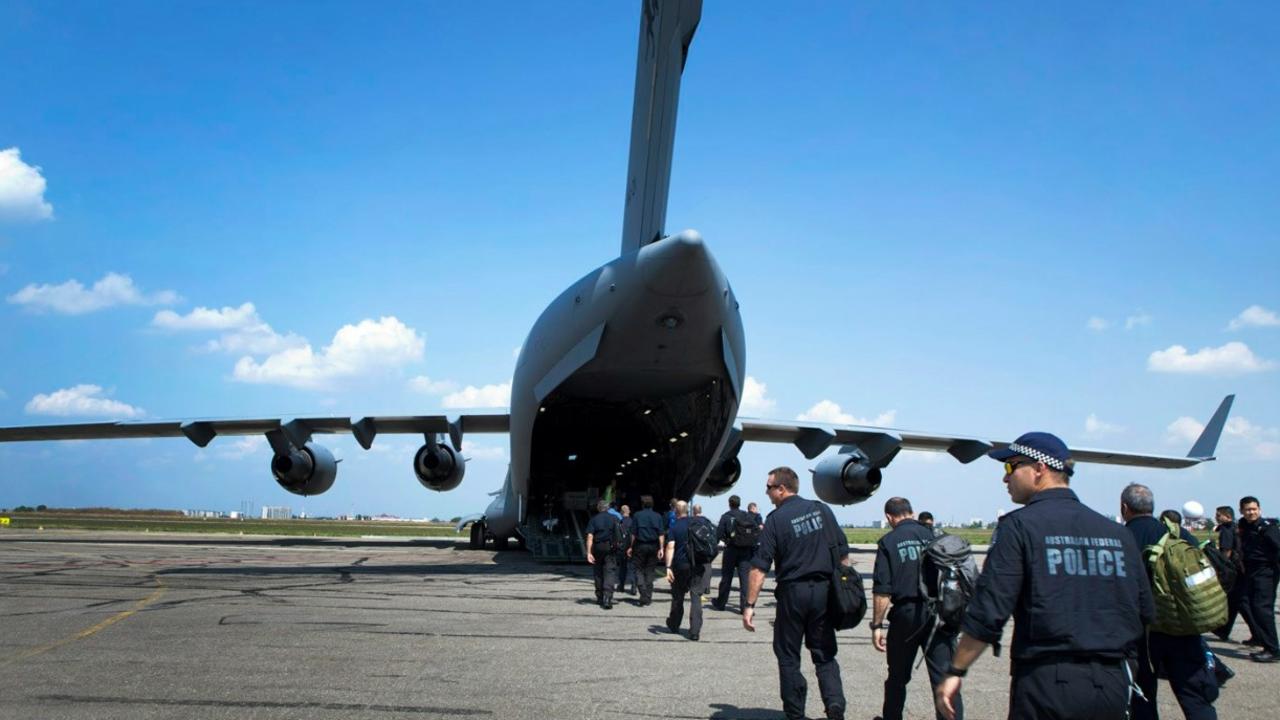
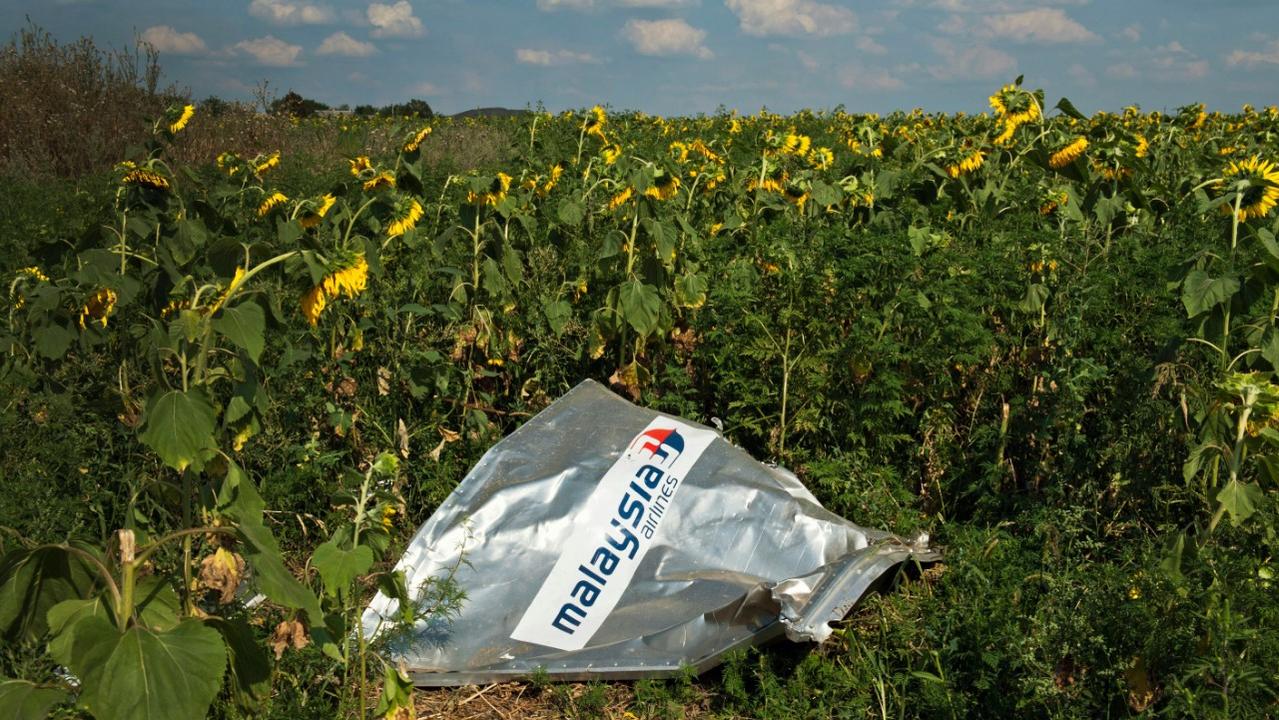
The heartbroken parents would later go to the Netherlands and watch CCTV from the airport to see their son’s “last steps on Earth”.
“What we hadn’t realised until that point was how he actually came quite close to missing the plane,” Ms O’Brien said.
“And we knew from his friend that they were late but he was progressively moving more quickly, and then like doing a little skip to sort of run along.”
They said the last shot was of him walking down an empty, dark walkway to the plane because everyone had already boarded.
“With Jack from behind, just running by that stage to get on the plane,” she said. “And I just thought, oh, why didn’t you fall over? Like, you know, why didn’t you break your leg or something? I mean, if we’d got a phone call from Amsterdam to say, ‘I’ve broken my leg’, we would’ve thought, ‘oh, that’s terrible’. You know? But now, knowing what’s happened, I just thought, ah.”
Mr O’Brien added: “It was probably one of the most piercing and excruciating things we’ve ever done.”
The AFP’s podcast Search Among the Sunflowers: Looking for truth in the world’s biggest crime scene is a five-part series released for the 10-year anniversary of the plane crash.
It is named after the golden sunflowers that grew in the field where the plane was brought down.




